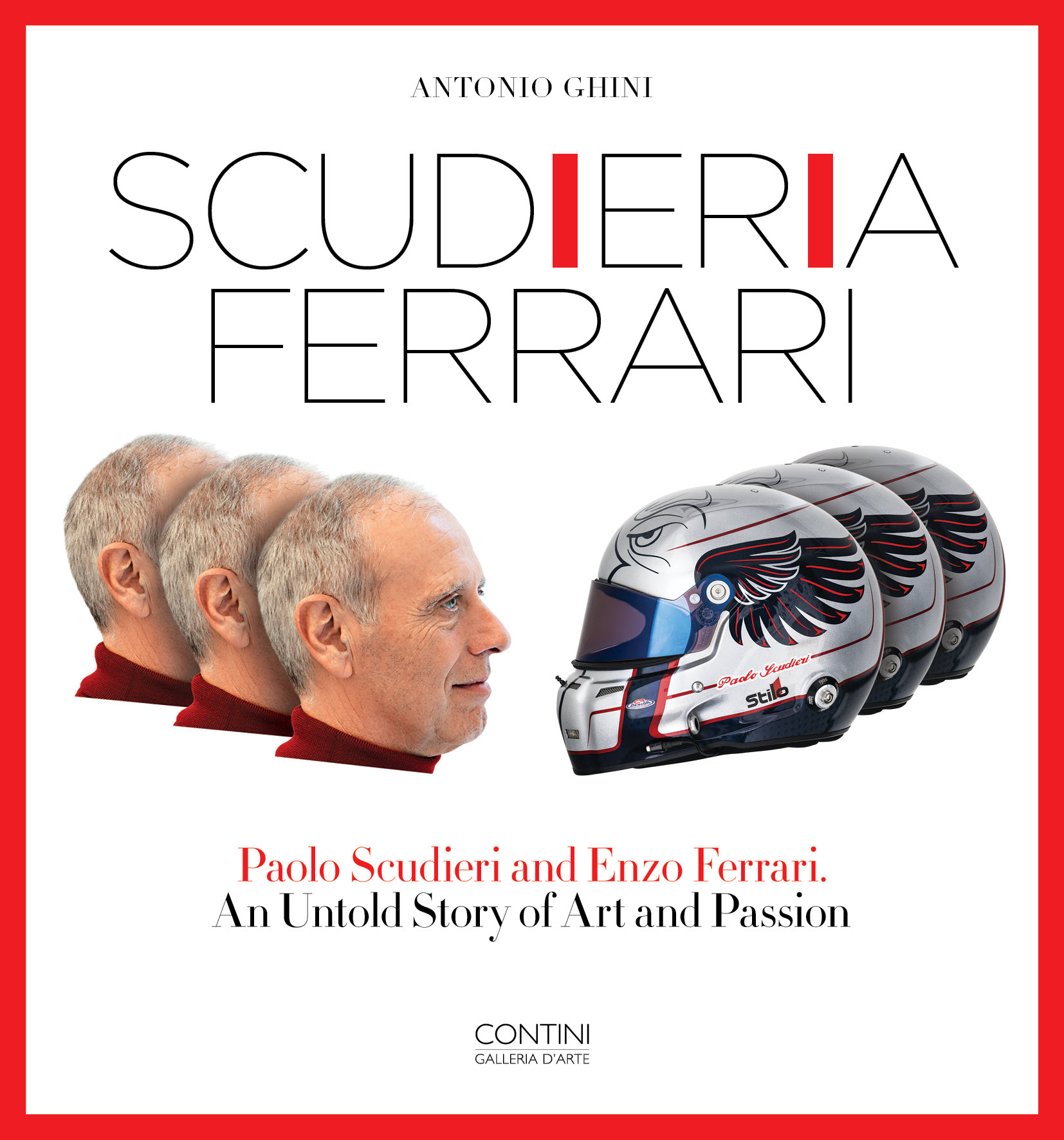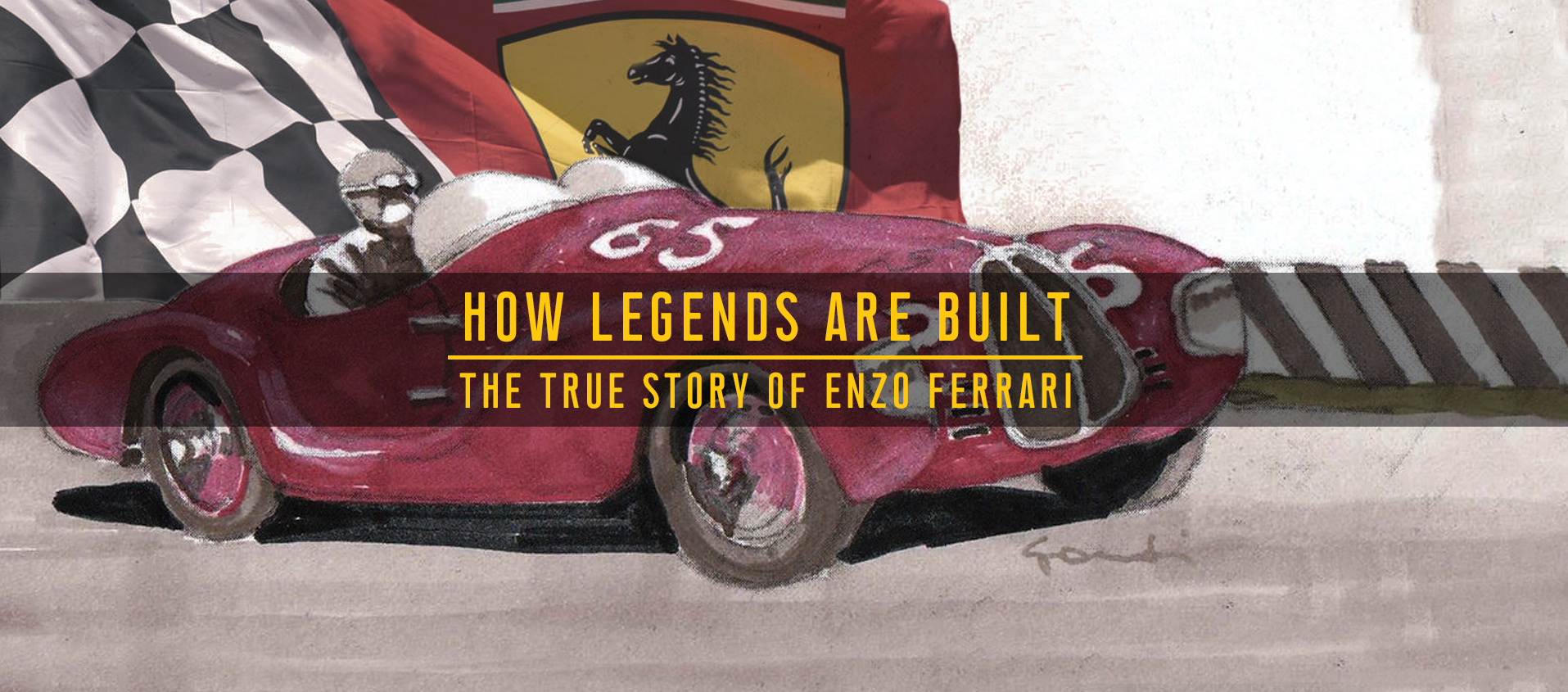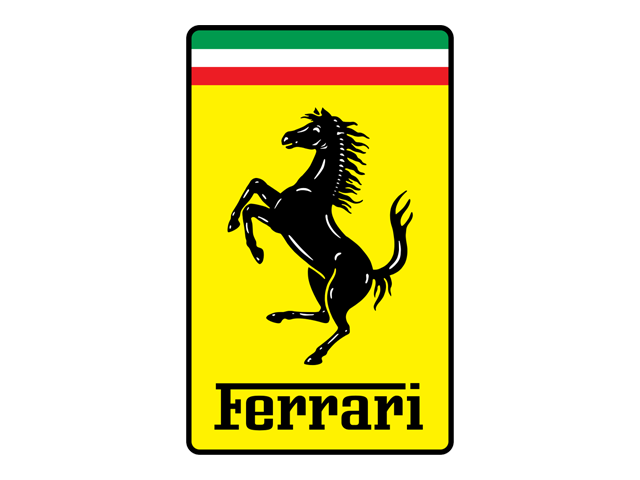Scuderie: a strategic role. Penske sets the standard
06 September 2023 2 min read 7 images

Photo credit: Penske Team, Porsche
Scuderie have played a pivotal role in the world of motorsport ever since Enzo Ferrari founded his Scuderia in 1929 to race Alfa Romeo cars. Roarington will now explore some of them, focusing on the most celebrated and influential ones, starting today with the American professional auto racing organization, Penske.
Register to unlock this article
Signing up is free and gives you access to hundreds of articles and additional benefits. See what’s included in your free membership. See what's included in your free membership.
Already have an account? Log In



